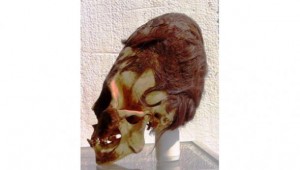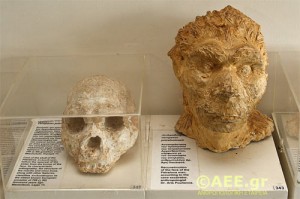The Evolving Mystery of The Paracas skulls…
Cranial deformation techniques in infancy do not expand cranial volume – and these mysterious skulls are much larger than typically human. That is just one of the bizarre anomalies present in these ancient skulls from Peru. New DNA analysis suggests that whomever these ancient peoples were, they were possibly not completely human…

Initial DNA analysis of Paracas elongated skull released – with incredible results
“Paracas is a desert peninsula located within the Pisco Province in the Inca Region, on the south coast of Peru. It is here were Peruvian archaeologist, Julio Tello, made an amazing discovery in 1928 – a massive and elaborate graveyard containing tombs filled with the remains of individuals with the largest elongated skulls found anywhere in the world. These have come to be known as the ‘Paracas skulls’. In total, Tello found more than 300 of these elongated skulls, which are believed to date back around 3,000 years. A DNA analysis has now been conducted on one of the skulls and expert Brien Foerster has released preliminary information regarding these enigmatic skulls…”
See more here, and a video below.
Share


